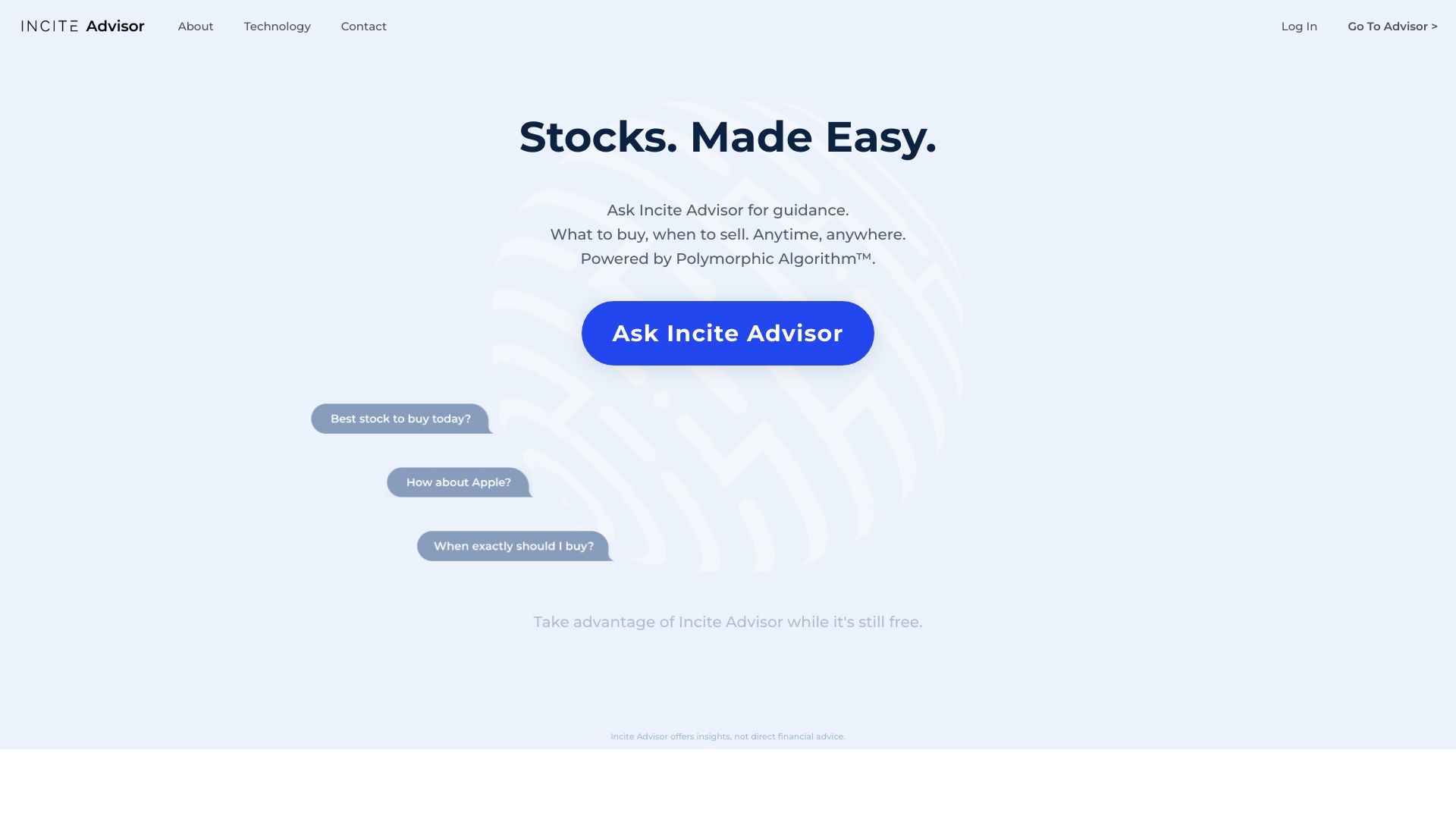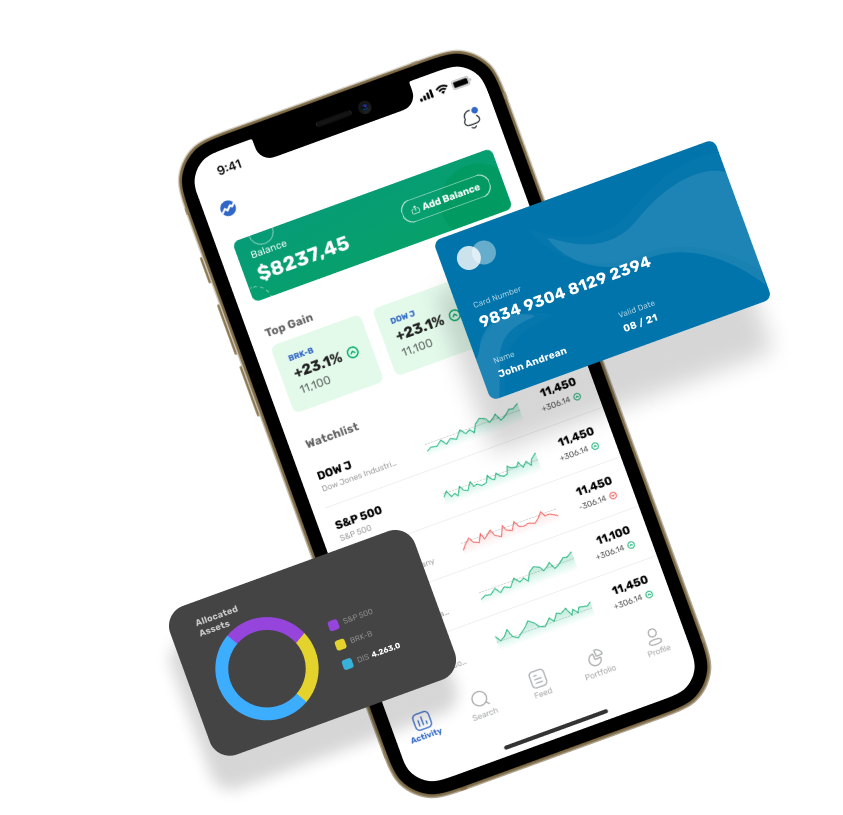Top 10 Tips To Assess The Data Sources And The Quality Of Ai Stock Predicting/Analyzing Trading Platforms
To enable AI-driven trading platforms and stock prediction platforms to give accurate and reliable information it is vital that they assess the accuracy of their data sources. A poor quality of data could result in inaccurate predictions, financial losses and mistrust in the platform. Here are 10 of the top ways to assess the quality of data sources and their reliability.
1. Verify the data sources
Verify the source of the information. Ensure that the platform uses reliable, well-known sources of data (e.g. Bloomberg Reuters Morningstar, or stock exchanges such NYSE, NASDAQ).
Transparency. Platforms must provide their data sources in a clear manner and be updated regularly.
Avoid relying on a single platform: trustworthy platforms often combine data from several sources to minimize the chance of bias.
2. Assess Data Quality
Real-time or delayed data? Determine whether the platform is able to provide delayed or real-time data. Real-time data is essential for active trading, while delayed data is sufficient for analysis over the long term.
Update frequency: Check when the data is up to date.
Data accuracy of historical records: Ensure that the accuracy of your historical data. free from gaps or anomalies.
3. Evaluate Data Completeness
Check for missing data: Check for missing tickers or financial statements, as well for gaps in data from the past.
Coverage: Ensure that the platform has a wide variety of markets, stocks as well as indices and equity markets that are pertinent to your trading strategies.
Corporate actions: Make sure that the platform includes stock splits (dividends) and mergers as well as any other corporate actions.
4. Test Data Accuracy
Cross-verify the data: Compare data from the platform with other data sources that you trust to ensure that the data is consistent.
Error detection: Check for outliers, prices, or mismatched financial metrics.
Backtesting: Use data from the past to test strategies for trading backwards and determine if the results align with the expectations.
5. Assess the Data Granularity
In terms of level of detail, make sure the platform is able to provide a full set of data, including prices for intraday, volume bidding-asking spreads as well as order book depth.
Financial metrics: Make sure the platform is able to provide comprehensive financial statements like the balance sheet, income statement and cash flow. Also, ensure that the platform has key ratios, such as P/E (P/B), ROE (return on equity) etc. ).
6. Make sure that the data processing is checked and Cleaning
Normalization of data is essential to ensure consistency.
Outlier handling: Check how the platform handles anomalies and outliers.
Missing data imputation: Check whether the platform has effective methods to fill in missing data points.
7. Examine the consistency of data
Aligning data with the time zone: To avoid any discrepancies make sure that all data is in sync with each other.
Format consistency: Ensure the data is presented consistently.
Cross-market compatibility: Ensure that data from different exchanges or markets is aligned.
8. Assess Data Relevance
Relevance of your trading strategy. Check that the information corresponds to your style of trading.
Feature selection : Ensure that the platform is equipped with features that will help you make better prediction.
Verify the security and integrity of your data
Data encryption: Ensure that the platform is using encryption to protect data storage and transmission.
Tamper-proofing : Ensure that the data hasn't been manipulated by the platform.
Check for compliance: The platform must be in compliance with rules on protection of data.
10. Check out the Platform's AI Model Transparency
Explainability: The system should provide insights on how AI models employ data to generate predictions.
Bias detection: Check that the platform monitors and reduces biases within the models or data.
Performance metrics: To evaluate the accuracy and reliability of predictions, examine the performance metrics of the platform (e.g. precision, accuracy, recall).
Bonus Tips
Reputation and reviews of users Review feedback from users and reviews to assess the reliability of the platform and the quality of data.
Trial period: You can test the data quality and features of a platform using an online demo or trial before you decide to purchase.
Support for customers - Ensure that the platform is able to provide robust customer support to resolve any data-related problems.
Utilize these suggestions to determine the source of information and quality for AI platform for stock predictions. Make informed decisions about trading using this data. Follow the top here for options ai for website advice including ai for investment, options ai, ai chart analysis, AI stock picker, AI stock trading, stock ai, investment ai, AI stock, using ai to trade stocks, ai for investing and more.

Top 10 Tips To Evaluate The Transparency Of AI stock Predicting/Analyzing Trading Platforms
Transparency can be a key factor in evaluating AI trading and stock prediction platforms. It allows the user to be confident in the operation of a platform, understand how decisions were made and to verify their accuracy. Here are 10 top suggestions to determine the authenticity of these platforms:
1. A Clear Explanation on AI Models
TIP: Ensure that the platform provides an explanation of the AI models and algorithms used for predictions.
Why: By understanding the technology, users are able to evaluate its reliability and drawbacks.
2. Disclosure of data sources
TIP: Check whether the platform is transparent about which sources of data are being used (e.g. historic stocks, news and social media).
The platform uses reliable and complete data when you have access to the sources.
3. Performance Metrics and Backtesting Results
Tips: Look for reports that are transparent of performance measures.
Why: This allows users to verify the effectiveness of the platform and its historical performance.
4. Updates and notifications in real-time
Tips - Make sure to check whether there are any real-time updates, notifications, and transactions on the platform.
Why: Realtime transparency gives users continuous information about critical actions.
5. Open Communication About Limitations
Tip: Check if the platform is openly discussing the risks and limitations of its predictions and trading strategies.
What's the reason? Acknowledging limitations builds trust and helps you make better decisions.
6. Raw Data Access for Users
Tip : Assess whether users are able to access raw data and intermediate results that are utilized by AI models.
What's the reason? Users can do an analysis on their own using raw data, and then validate their predictions.
7. Transparency in Costs and Fees
Check the terms and conditions of the platform you are considering.
Transparent Pricing: It builds trust by preventing the unexpected cost of.
8. Regular Reporting and Audits
Tips: Make sure the platform provides regular reports or undergoes third-party audits to verify its performance and operations.
The reason: Independent verification increases credibility and assures accountability.
9. The logical explanation of predictions
Tip: Check if the platform provides information on how predictions or recommendations (e.g. importance of feature or decision tree) are created.
Why: Explainability can help you comprehend AI-driven decisions.
10. Customer feedback and support channels
Tips: Check whether the platform provides open channels for feedback from users and support, as well as whether it can respond to concerns of users.
Why: Responsive communication demonstrates an interest in transparency and user satisfaction.
Bonus Tip: Regulatory Compliance
Assure that the platform is in compliance with all relevant financial regulations. This provides another layer of trust and transparency.
By assessing these features, you can decide if an AI trading platform or stock prediction are transparent. Then, you will be able to make well-informed choices and be confident in its capabilities. Take a look at the most popular related site on investing with ai for site recommendations including ai options trading, ai investment tools, stocks ai, free ai tool for stock market india, ai in stock market, ai software stocks, stock trading ai, ai share trading, best ai trading platform, best ai for stock trading and more.

Comments on “20 Best Facts For Choosing AI Stock Trading Platforms”